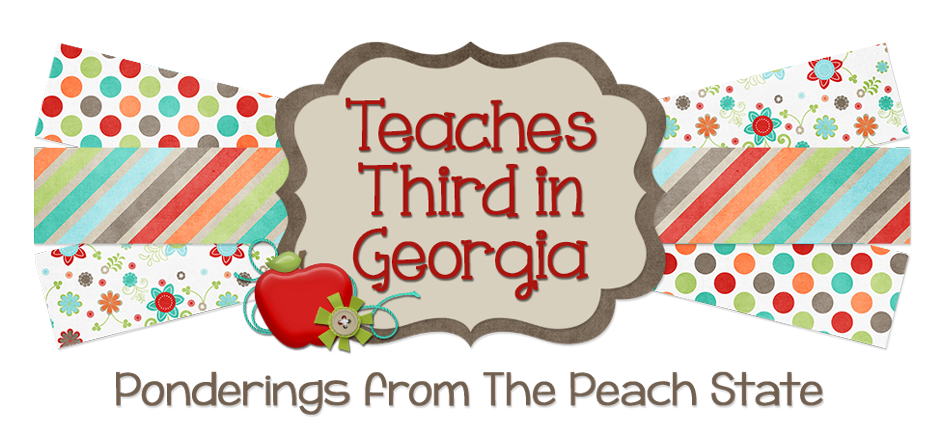Ways to Help ELL Students in the Classroom
Helping ESL students build vocabulary and become accustomed to the U.S. education system can be a challenging task for teachers, but it is essential for the success and integration of these students in their new academic environment. English as a Second Language (ESL) students may have various difficulties, such as limited exposure to English, difficulties in understanding colloquial expressions and idioms, and difficulties in understanding academic language. Here are some strategies that teachers can use to support the vocabulary development and cultural adaptation of ESL students in the U.S. education system.
Use visual aids and realia:
Visual aids, such as pictures, diagrams, and real objects, can be very helpful in supporting vocabulary development, especially for younger students or those with limited exposure to the language. By showing a picture of a new vocabulary word, for example, you can help the students make connections between the word and its meaning. Realia, or real objects, can also be used to introduce new vocabulary in a concrete and meaningful way. For example, if you teach the word "quilt," you can bring in a quilt for the students to see and touch. Posters using real images like these are better for ELL students because they depict objects in their true settings.
Use context clues:
Context clues are hints in the text or the surroundings that help the reader or listener infer the meaning of a new word. For example, if a student comes across the word "flabbergasted" in a passage, the context clues "shocked" and "stunned" might help them understand the meaning of the word. Teachers can help ESL students develop their vocabulary by providing them with context clues and teaching them how to use them to infer the meaning of new words.
Teach word parts:
Word parts, such as prefixes, suffixes, and roots, can be very helpful in helping students understand the meaning of new words. For example, by teaching the prefix "anti-" (meaning "against"), a student might be able to guess the meaning of the word "antipathy" (a feeling of strong dislike). Teaching word parts can also help students understand the relationships between words and build their vocabulary more effectively.
A good place to start in upper elementary is with Greek and Latin roots. Building in daily lessons and displaying print-rich resources around the room will give your students constant exposure to words. Currently, I have these posters in my classroom and my students are CONSTANTLY referencing them.
Get your posters from Teach Starter
Use graphic organizers:
Graphic organizers are visual tools that help students organize and understand new information. They can be particularly helpful for ESL students because they visually represent the relationship between words and concepts. Some examples of graphic organizers that can be used to support vocabulary development include concept maps, Venn diagrams, and mind maps.
Provide opportunities for oral and written practice:
Providing opportunities for oral and written practice is essential for vocabulary development. Oral practice can be in class discussions, debates, presentations, and other activities requiring students to speak and listen to English. Written practice can be in the form of writing assignments, such as paragraphs, essays, or reports. Both oral and written practice can help students become more comfortable with using new vocabulary in different contexts and improve their overall language skills.
For more ideas, check out Teach Starter's blog, 13 Speaking and Listening Activities to Boost Your Students' Skills
Encourage the use of English outside of the classroom:
Encouraging the use of English outside of the classroom is an important way to support the language development of ESL students. This can be as simple as encouraging students to speak English with their classmates during lunch or recess or encouraging them to watch English-language movies or TV shows. The more opportunities students have to use English in a natural and authentic setting, the more comfortable they will become with the language.
Provide cultural support:
Adjusting to a new education system can be challenging for any student, but it can be particularly difficult for ESL students who may also be adjusting to a new culture. Teachers can help these students by providing cultural support and education. This can include teaching students about the customs and traditions of the U.S., as well as including activities highlighting students' own cultures and traditions.




.jpg)
